
Watercolor Drawing for Sale
Save your search and find it in your favorites
Saved search
Your search is accessible from the favorites tab > My favorite searches
Unsaved search
A problem occurred


Indigo XXIV
Albert Gonzalo
Fine Art Drawings - 65.5 x 50.5 x 0.1 cm Fine Art Drawings - 25.8 x 19.9 x 0 inch
$1,998

Nos rires sonores, nos éclats de joie
Mohamed Lekleti
Fine Art Drawings - 30 x 46 x 0.5 cm Fine Art Drawings - 11.8 x 18.1 x 0.2 inch
$3,108
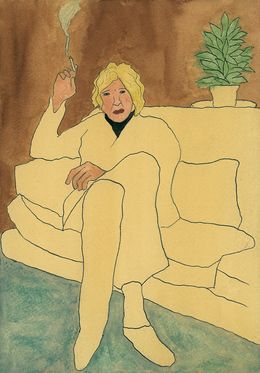
Evening Smoke
Fred Borghesi
Fine Art Drawings - 21 x 15 x 0.5 cm Fine Art Drawings - 8.3 x 5.9 x 0.2 inch
$777
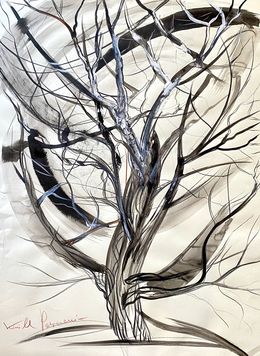
The Tree Of Life
Kirill Postovit
Fine Art Drawings - 77 x 56 x 0.1 cm Fine Art Drawings - 30.3 x 22 x 0 inch
$766
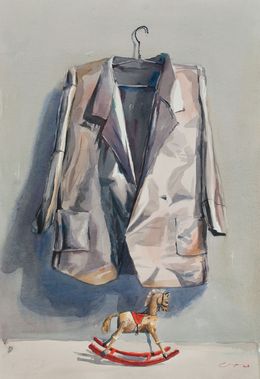

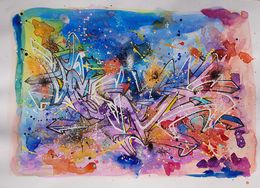
Bonus Dream style
Bows
Fine Art Drawings - 29.7 x 42 x 1 cm Fine Art Drawings - 11.7 x 16.5 x 0.4 inch
$222


Starfall. Item 1
Olga Radionova
Fine Art Drawings - 50 x 70 cm Fine Art Drawings - 19.7 x 27.6 inch
$444
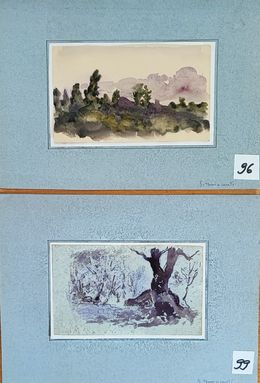
Duo de paysage
Innocenti
Fine Art Drawings - 38 x 26.5 x 0.3 cm Fine Art Drawings - 15 x 10.4 x 0.1 inch
$651

Le Cordier
Paul de Chatelperron
Fine Art Drawings - 60 x 114 x 2 cm Fine Art Drawings - 23.6 x 44.9 x 0.8 inch
$2,099
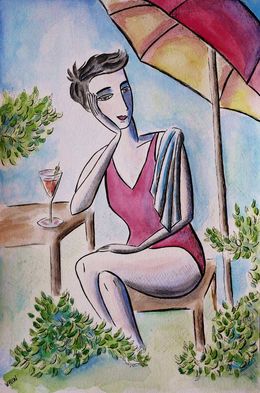
Été
Marine Walon
Fine Art Drawings - 30 x 20 x 0.5 cm Fine Art Drawings - 11.8 x 7.9 x 0.2 inch
$388

As far as the eye can see
Thomas Lesigne
Fine Art Drawings - 29.5 x 23 x 0.1 cm Fine Art Drawings - 11.6 x 9.1 x 0 inch
$1,199

Métamorphose
Juliette Wegrzyk
Fine Art Drawings - 42 x 29 x 0.1 cm Fine Art Drawings - 16.5 x 11.4 x 0 inch
$1,443
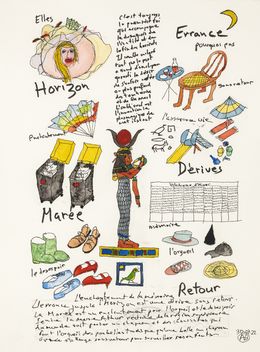
Encyclopédie Vagabonde
Antoine Grumbach
Fine Art Drawings - 31 x 23 cm Fine Art Drawings - 12.2 x 9.1 inch
$4,773

Study for The Last Dance
Dennis Oppenheim
Fine Art Drawings - 101 x 77.5 x 0.1 cm Fine Art Drawings - 39.8 x 30.5 x 0 inch
$11,100

Endormie
Stella Dite Loo'ise
Fine Art Drawings - 50 x 65 x 0.1 cm Fine Art Drawings - 19.7 x 25.6 x 0 inch
$1,443

Sans titre
Bernard Noël
Fine Art Drawings - 31 x 25 x 0.1 cm Fine Art Drawings - 12.2 x 9.8 x 0 inch
$888
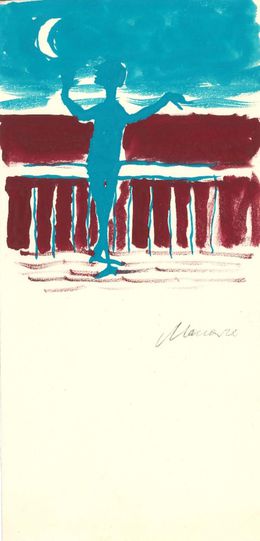
Advertisement for Tirreno
Mino Maccari
Fine Art Drawings - 24 x 11.5 x 0.1 cm Fine Art Drawings - 9.4 x 4.5 x 0 inch
$721
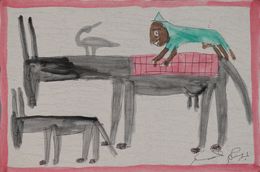
Sans titre
Babahoum
Fine Art Drawings - 25.5 x 37.5 x 0.2 cm Fine Art Drawings - 10 x 14.8 x 0.1 inch
$333

Les jardins de Fontainebleau
Cyril Destrade
Fine Art Drawings - 20 x 33 cm Fine Art Drawings - 7.9 x 13 inch
$666

Dans la plaine, les baladins…
Bruno Montpied
Fine Art Drawings - 30 x 30 x 0.1 cm Fine Art Drawings - 11.8 x 11.8 x 0 inch
$555
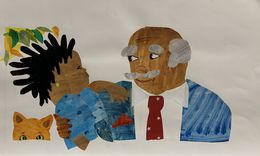
Untitled
Rachel Isadora
Fine Art Drawings - 35.6 x 61 x 5.1 cm Fine Art Drawings - 14 x 24 x 2 inch
$800
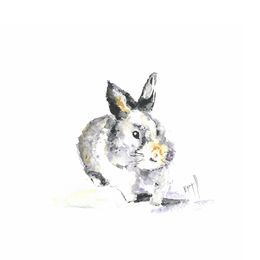
My lucky Rabbit !
Noël Granger
Fine Art Drawings - 25 x 25 cm Fine Art Drawings - 9.8 x 9.8 inch
$100

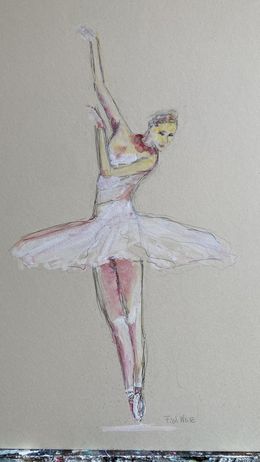
Juliette
Frederic Weisz
Fine Art Drawings - 70 x 50 x 1 cm Fine Art Drawings - 27.6 x 19.7 x 0.4 inch
$766

2 points de vus
Léa Dedieu
Fine Art Drawings - 29.7 x 21 x 0.18 cm Fine Art Drawings - 11.7 x 8.3 x 0.1 inch
$211

Le Souvenir
Sophie Duplain
Fine Art Drawings - 24 x 30 x 0.5 cm Fine Art Drawings - 9.4 x 11.8 x 0.2 inch
$333

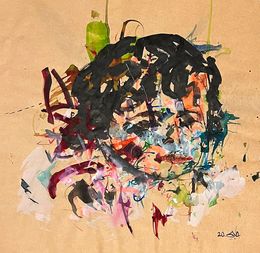
B241
Tarek Butayhi
Fine Art Drawings - 50 x 50 x 1 cm Fine Art Drawings - 19.7 x 19.7 x 0.4 inch
$900
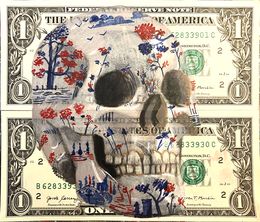
Crane de Jouy
Mr Popart
Fine Art Drawings - 13.2 x 15.5 x 0.1 cm Fine Art Drawings - 5.2 x 6.1 x 0 inch
$222
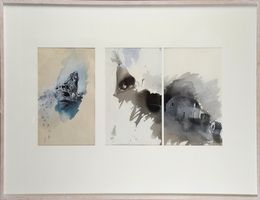
Sans titre (Grenouille/maison/cloche)
Daniel Nadaud
Fine Art Drawings - 45 x 74 x 0.2 cm Fine Art Drawings - 17.7 x 29.1 x 0.1 inch
$444
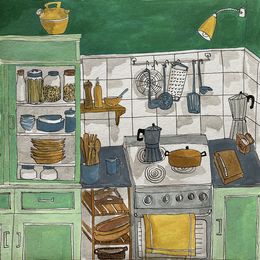
Cuina verd, groc i gris
Montse Roldos
Fine Art Drawings - 30 x 30 x 0.03 cm Fine Art Drawings - 11.8 x 11.8 x 0 inch
$205


Étude pour un paysage idéal
Franciszek Starowieyski
Fine Art Drawings - 31 x 42 cm Fine Art Drawings - 12.2 x 16.5 inch
$1,332


Searching for light
Edgar Arandia
Fine Art Drawings - 29 x 39 cm Fine Art Drawings - 11.4 x 15.4 inch
$422
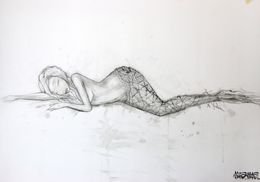

Canotage sur la Moselle, Metz
Camille Hilaire
Fine Art Drawings - 16.5 x 12.6 cm Fine Art Drawings - 6.5 x 5 inch
$888

Christ Speaks
Gustave Bourgogne
Fine Art Drawings - 34 x 25 x 0.2 cm Fine Art Drawings - 13.4 x 9.8 x 0.1 inch
$533
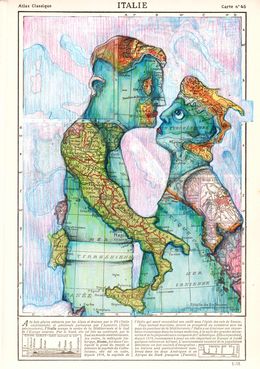
Rencontre à la Maison de Savoie
Marcoleptique
Fine Art Drawings - 32 x 21 x 0.1 cm Fine Art Drawings - 12.6 x 8.3 x 0 inch
$422

Squirrel in the Forest
Minako Asakura
Fine Art Drawings - 33.3 x 33.3 x 3 cm Fine Art Drawings - 13.1 x 13.1 x 1.2 inch
$1,054

Tropical Landscape
Jean-Raymond Delpech
Fine Art Drawings - 26.5 x 35.5 x 0.1 cm Fine Art Drawings - 10.4 x 14 x 0 inch
$666

Yo! Mickey Pow & Arrows!
JP Malot
Fine Art Drawings - 70 x 50 x 1 cm Fine Art Drawings - 27.6 x 19.7 x 0.4 inch
$1,221
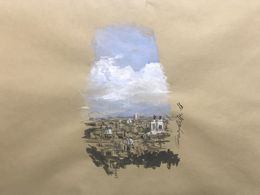
Untitled
Guillaume Chansarel (Guiyome)
Fine Art Drawings - 29.5 x 41.3 x 0.2 cm Fine Art Drawings - 11.6 x 16.3 x 0.1 inch
$388

Scenography
Eugene Berman
Fine Art Drawings - 11 x 15.5 x 0.1 cm Fine Art Drawings - 4.3 x 6.1 x 0 inch
$999
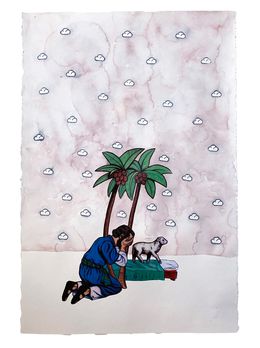
Chapter - 4
Volkan Aslan
Fine Art Drawings - 117 x 84 cm Fine Art Drawings - 46.1 x 33.1 inch
$4,218
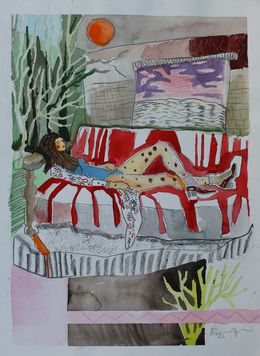
Daydream
Nino Eliashvili
Fine Art Drawings - 41.5 x 29.5 x 0.1 cm Fine Art Drawings - 16.3 x 11.6 x 0 inch
$888

Letter 8
Richard Saint-Amans
Fine Art Drawings - 71 x 50 x 0.1 cm Fine Art Drawings - 28 x 19.7 x 0 inch
$888

Sans titre
Roxane Borujerdi
Fine Art Drawings - 26 x 18 x 1 cm Fine Art Drawings - 10.2 x 7.1 x 0.4 inch
$1,054
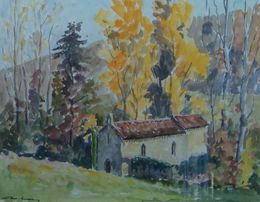
Chapelle dans le couserans (Ariège)
André Lac
Fine Art Drawings - 38 x 48 cm Fine Art Drawings - 15 x 18.9 inch
$721

Pays minier
Pierre Alechinsky
Fine Art Drawings - 97.5 x 63 cm Fine Art Drawings - 38.4 x 24.8 inch
$35,519

Vase
Guillaume Delvigne
Fine Art Drawings - 40.7 x 29.7 x 0.1 cm Fine Art Drawings - 16 x 11.7 x 0 inch
$1,221
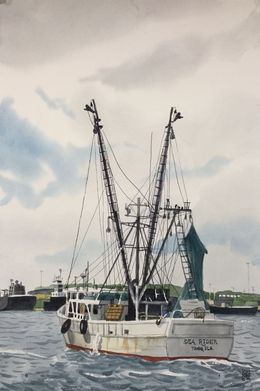
A good day fishing
Mike King
Fine Art Drawings - 53.3 x 38.1 x 0.3 cm Fine Art Drawings - 21 x 15 x 0.1 inch
$609

Portrait 2014
Anastasia Kurakina
Fine Art Drawings - 41.5 x 59 x 0.1 cm Fine Art Drawings - 16.3 x 23.2 x 0 inch
$666
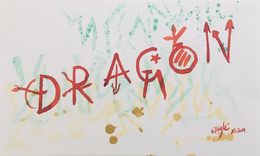

Paradis perdu, âme dévorée
Blu_451
Fine Art Drawings - 38 x 29 x 1 cm Fine Art Drawings - 15 x 11.4 x 0.4 inch
$499

Timeless 3
Laura Spring
Fine Art Drawings - 35.6 x 25.4 x 0.3 cm Fine Art Drawings - 14 x 10 x 0.1 inch
$150


Etude urbaine
Lionel le Jeune
Fine Art Drawings - 14.5 x 21 x 0.2 cm Fine Art Drawings - 5.7 x 8.3 x 0.1 inch
$61
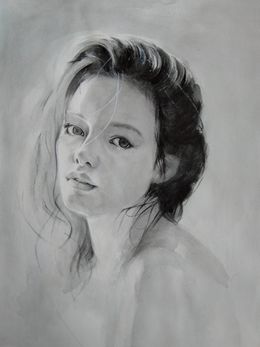
Sincerity
Kamsar Ohanyan
Fine Art Drawings - 50 x 40 x 0.1 cm Fine Art Drawings - 19.7 x 15.7 x 0 inch
$444
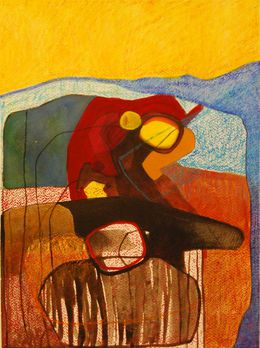

Northern Lights
Dali Nazarishvili
Fine Art Drawings - 35.5 x 47.5 x 0.1 cm Fine Art Drawings - 14 x 18.7 x 0 inch
$1,665


Les couleurs de l’eau, N°8
Muge QI
Fine Art Drawings - 20 x 20 x 2 cm Fine Art Drawings - 7.9 x 7.9 x 0.8 inch
$444
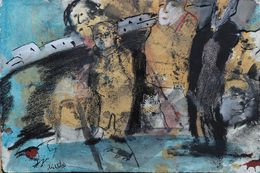
Sans titre (192)
Zwy Milshtein
Fine Art Drawings - 25 x 36 x 0.1 cm Fine Art Drawings - 9.8 x 14.2 x 0 inch
$1,665

EMI (Spirit): Genesis
Abisola Kuburat Gbadamosi (AKG)
Fine Art Drawings - 58.4 x 53.3 x 2.5 cm Fine Art Drawings - 23 x 21 x 1 inch
$1,000

Untitled
Francesc Genovés
Fine Art Drawings - 65 x 50 x 0.1 cm Fine Art Drawings - 25.6 x 19.7 x 0 inch
$616

Composition en noir
Ladislas Kijno
Fine Art Drawings - 31 x 24 x 0.2 cm Fine Art Drawings - 12.2 x 9.4 x 0.1 inch
$2,775 $2,497

Sans titre
Julius Bissier
Fine Art Drawings - 46.5 x 53 x 0.1 cm Fine Art Drawings - 18.3 x 20.9 x 0 inch
$1,665

Chaos
Shota Imerlishvili
Fine Art Drawings - 86 x 61 x 0.1 cm Fine Art Drawings - 33.9 x 24 x 0 inch
$1,665
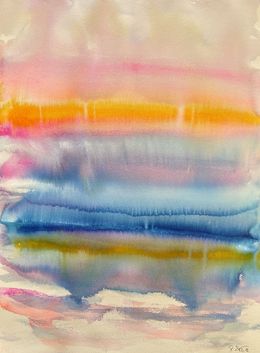
Don't we all meed some light
Gesa Reuter
Fine Art Drawings - 61 x 45.7 x 0.3 cm Fine Art Drawings - 24 x 18 x 0.1 inch
$584
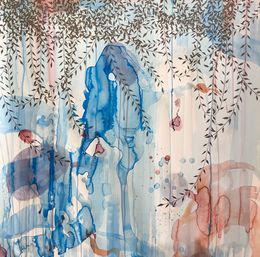
Private jungle
Irene Raspollini
Fine Art Drawings - 100.1 x 100.1 x 0.3 cm Fine Art Drawings - 39.4 x 39.4 x 0.1 inch
$1,829

Untitled
José Manuel Menéndez Rojas
Fine Art Drawings - 57 x 70 cm Fine Art Drawings - 22.4 x 27.6 inch
$1,998

Chroma VII
Elena Disabato
Fine Art Drawings - 50.8 x 40.6 x 1.3 cm Fine Art Drawings - 20 x 16 x 0.5 inch
$980
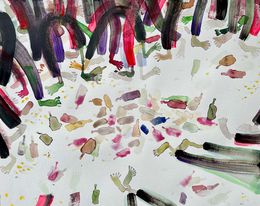
Untitled Gap
Francisco Montoya Cázarez
Fine Art Drawings - 27.5 x 34 x 0.2 cm Fine Art Drawings - 10.8 x 13.4 x 0.1 inch
$799

Composition
Edgar Stoebel
Fine Art Drawings - 30 x 36.5 x 0.1 cm Fine Art Drawings - 11.8 x 14.4 x 0 inch
$777



Journal d'un confiné 37
André Cervera
Fine Art Drawings - 29.7 x 21 x 0.2 cm Fine Art Drawings - 11.7 x 8.3 x 0.1 inch
$311

Sans titre
Blondin91
Fine Art Drawings - 50 x 40 x 0.2 cm Fine Art Drawings - 19.7 x 15.7 x 0.1 inch
$1,054

Double standard 17. From The Series doble sStandard
James Bonachea
Fine Art Drawings - 57.9 x 39.9 x 0.3 cm Fine Art Drawings - 22.8 x 15.7 x 0.1 inch
$1,500
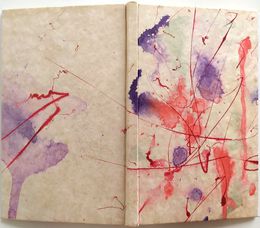
Yea
Sam Francis
Fine Art Drawings - 21 x 27 x 1 cm Fine Art Drawings - 8.3 x 10.6 x 0.4 inch
$24,419

Untitled
Jose Luis Pascual
Fine Art Drawings - 66.5 x 51.5 cm Fine Art Drawings - 26.2 x 20.3 inch
$1,942


Sans nom
Michel Soubeyrand
Fine Art Drawings - 40 x 27 cm Fine Art Drawings - 15.7 x 10.6 inch
$1,387

Aquarelles graphiques 3
Agathe Wagner
Fine Art Drawings - 36 x 46 x 1 cm Fine Art Drawings - 14.2 x 18.1 x 0.4 inch
$888
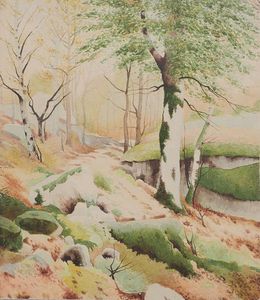
Trees
André Roland Brudieux
Fine Art Drawings - 37.5 x 32.5 x 0.1 cm Fine Art Drawings - 14.8 x 12.8 x 0 inch
$610

San Pedro Mártir, Baja California
Saúl Rodríguez Montante Méndez
Fine Art Drawings - 30 x 46 x 0.2 cm Fine Art Drawings - 11.8 x 18.1 x 0.1 inch
$1,187


Bateaux de pêche
Élisée Maclet
Fine Art Drawings - 16 x 24 x 0.2 cm Fine Art Drawings - 6.3 x 9.4 x 0.1 inch
$1,332
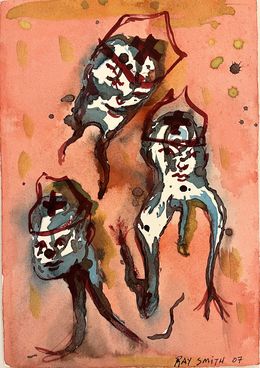
Little devils
Ray Smith
Fine Art Drawings - 37 x 27 x 0.1 cm Fine Art Drawings - 14.6 x 10.6 x 0 inch
$1,221
Discover the styles & movements

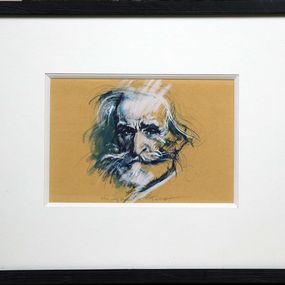

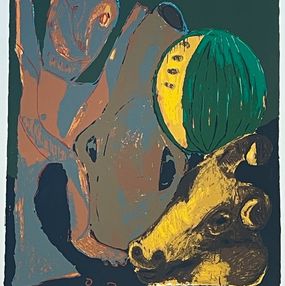
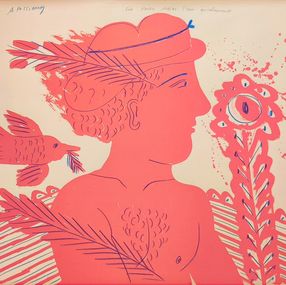



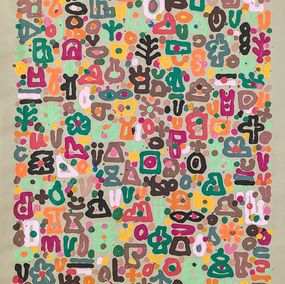
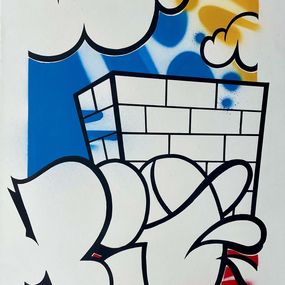

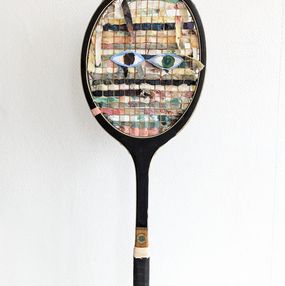


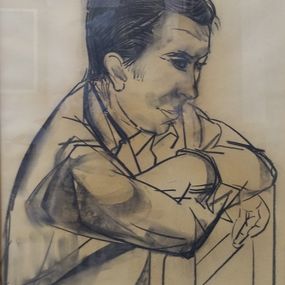


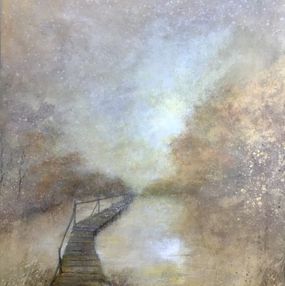



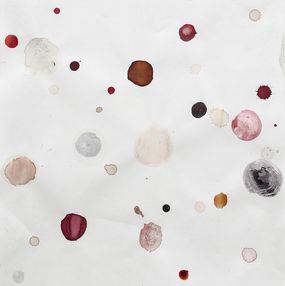
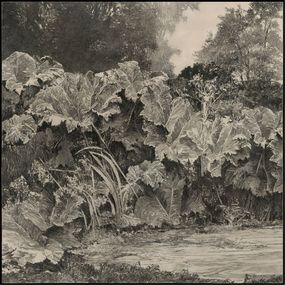
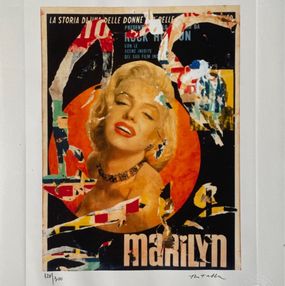




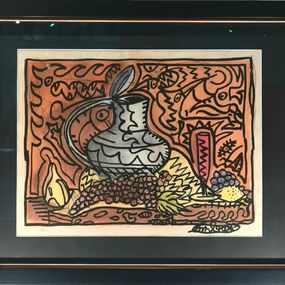

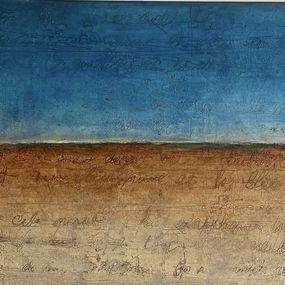


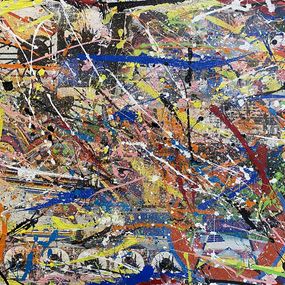
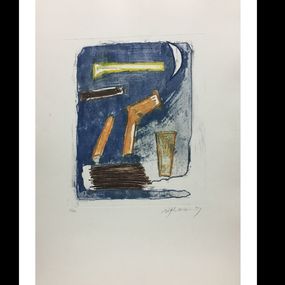

Discover the selection of our experts
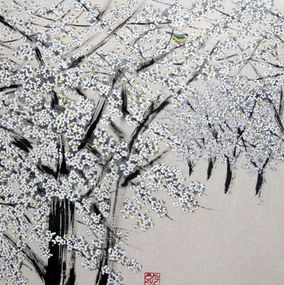
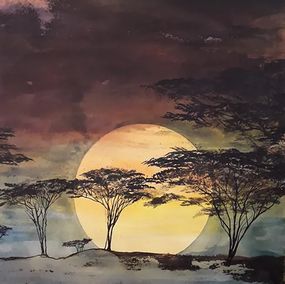
Silent and reassuring
Alvaro Petritoli
Painting - 61 x 41 x 3 cm Painting - 24 x 16.1 x 1.2 inch
$1,732

Nos rires sonores, nos éclats de joie
Mohamed Lekleti
Fine Art Drawings - 30 x 46 x 0.5 cm Fine Art Drawings - 11.8 x 18.1 x 0.2 inch
$3,108

Evening Smoke
Fred Borghesi
Fine Art Drawings - 21 x 15 x 0.5 cm Fine Art Drawings - 8.3 x 5.9 x 0.2 inch
$777

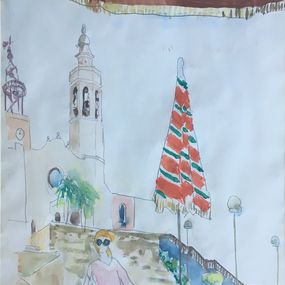

Bonus Dream style
Bows
Fine Art Drawings - 29.7 x 42 x 1 cm Fine Art Drawings - 11.7 x 16.5 x 0.4 inch
$222
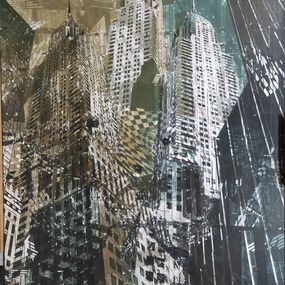
Chrysler Building N.Y.
LUIS J. FERNANDEZ
Painting - 130 x 97 x 2 cm Painting - 51.2 x 38.2 x 0.8 inch
$5,439

Été
Marine Walon
Fine Art Drawings - 30 x 20 x 0.5 cm Fine Art Drawings - 11.8 x 7.9 x 0.2 inch
$388
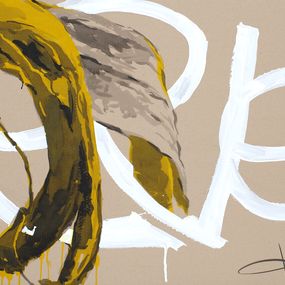

Advertisement for Tirreno
Mino Maccari
Fine Art Drawings - 24 x 11.5 x 0.1 cm Fine Art Drawings - 9.4 x 4.5 x 0 inch
$721

Les jardins de Fontainebleau
Cyril Destrade
Fine Art Drawings - 20 x 33 cm Fine Art Drawings - 7.9 x 13 inch
$666
Watercolor Drawing for Sale
Watercolor painting is a technique that uses paint pigments and a water-based solution. It is popular thanks to its blurred, hazy effect which can't be obtained through other binding elements, such as egg or oil. Gouache is also a watercolour medium but it is noticeably more adhesive and opaque. Watercolor usually takes shape thanks to a faint pencil outline, drawn onto the paper before the paint is applied.
One of the other advantages for watercolor artists is that they can work quickly, using their time efficiently. Pigments spread out across the canvas in a rather unusual way, becoming more concentrated around the edges. This gives watercolor prints the transparent quality they're known for, enhancing the paper's luminosity.
There are several key techniques to watercolor painting, the first of which is called the dry-on-wet technique. For this method, the painting's base is laid out in watercolor and then elaborated on with fewer pigments. There is also the wet-on-wet technique, which involves wetting the paper before the paint is applied in order to achieve greater color saturation.
Watercolor is also easily erasable! Artists working with this medium can rework their watercolor print's by diluting the paint with water again, this time directly on the paper. These are just a few of the reasons for why watercolor is a preferred method for plein-air painters, who set out to represent landscapes and the sky in situ...
Artworks using watercolor are typically carried out on paper, also contributing to why watercolor drawing is so popular. The weight of the paper, its resistance to moisture, the paper's color… all of these aspects play a decisive role in creating the painting's final effect. The type of paper typically used for this artistic technique is made from linen cloths, wood or straw.
Certain artists, such as the illustrator Oga Kazuo from Studio Ghibli, work with wet paper spread across varnished wood, while others prefer to use plexiglas. The result is that the water takes longer to evaporate, producing a very different color effect.
Although water-based paints date back to cave painting, it wasn't until the Renaissance that watercolor painting became commonplace. Art history tells us that oil painting was the most commonly used technique at the time, yet Northern European masters such as Albrecht Dürer chose watercolor to depict landscapes. Venetian painters also gravitated towards this medium for their representations of the city's sublime canals. What could be a better way to portray water than with water-based paints?
Landscape painting is the most popular genre among watercolor artists. Claude Lorrain is an example of this from the 17th century, to be followed by William Turner, Samuel Palmer and Richard Bonington in the 19th century. Many artists chose watercolor painting to express the shades of the sky, ocean waves and expansive fields. In the 20th century, artists such as Vassily Kandinsky, Jean Bazaine and Raoul Dufy elaborated different abstract, watercolor techniques.
Discover Artsper's collection of watercolor paintings, offering some of the most renowned artists such as Paul Jenkins, Walasse Ting, Vittoretti and Philippe Pasqua. If you're curious for more, head over to our unique selection of Chinese ink drawings, charcoal portraits or pastel and chalk portraits...
What are the best watercolor techniques for beginners to use in their drawings?
As a beginner in watercolor, it's best to start with basic techniques such as wet-on-wet, dry brush, and glazing. These techniques will help you understand how watercolor works and how to control the paint. Additionally, practicing color mixing and using the right paper and brushes can also improve your watercolor skills.
How do you choose the right paper for watercolor drawings?
When choosing paper for watercolor drawings, consider the weight, texture, and absorbency. Heavier paper with a rough texture and high absorbency is ideal for watercolor. Look for acid-free paper to prevent yellowing over time. Cold-pressed paper is a popular choice for its versatility.
What are some common mistakes to avoid when working with watercolors in a drawing?
When working with watercolors in a drawing, it's important to avoid using too much water, not allowing enough drying time between layers, and not using the right paper. Additionally, not planning out the composition beforehand and not experimenting with different techniques can also lead to mistakes.